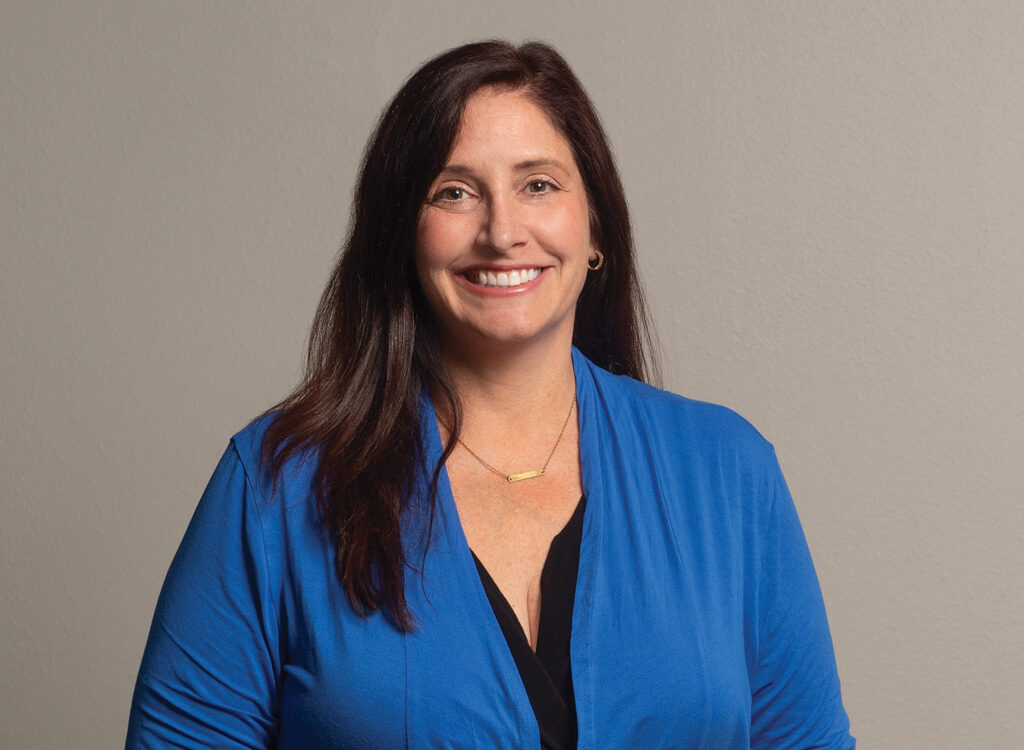The Elbert Files: D.M.’s role in climate history

DAVE ELBERT Feb 3, 2021 | 4:18 pm
3 min read time
616 wordsBusiness Record Insider, Opinion, The Elbert Files
Historian Jill Lapore traces the origin of climate-change science to two events during the 1960s. One was the discovery that above-ground testing of nuclear weapons was depleting the earth’s protective ozone layer; the other was author Rachel Carlson’s 1962 book “Silent Spring,” documenting the adverse effects of pesticides on the environment.
Fallout from those and subsequent discoveries congealed into worldwide concern that humans are destroying the ability of Earth to support life as we know it.
In more recent years, the science of climate change has produced estimates of how long before global warming caused by fossil fuel usage creates irreversible problems. Some argue that it’s already too late, while others believe there is still time to reverse, or at least slow, the trend.
To that end, the Des Moines City Council on Jan. 11 took a significant step. After years of consideration and months of discussion, the council unanimously approved a resolution setting “a community-wide goal of achieving 100 percent 24×7 electricity from carbon free sources by 2035.”
The resolution makes Des Moines “probably the first city in the United States, and maybe the first in the world, to pass a plan that emphasizes a target of relying solely on clean energy around the clock,” Dan Gearino wrote for the environmental newsletter Inside Clean Energy.
Des Moines Mayor Frank Cownie has been an environmental advocate for years, but the unusual ordinance was written and steered to passage by Josh Mandelbaum, an environmental lawyer who was elected to the City Council in 2017.
Mandelbaum described the resolution as “the next step in local clean energy policies,” adding that it “was the culmination of months of work by advocates and community members.”
Those efforts included an unusual “benchmarking” ordinance, approved last year, designed to create an inventory of water and energy use in commercial buildings of more than 25,000 square feet, with the ultimate goal of reducing greenhouse gases.
That idea grew out of a 2017 University of Northern Iowa study that found commercial property was responsible for 35% of Des Moines’ greenhouse gases, followed by residential property (27%), transportation (26%) and industrial property (11%).
Mandelbaum and others believe the usage data can be used to identify waste and encourage changes that will reduce greenhouse gases while also lowering utility bills.
Reducing energy waste in large buildings is one factor that can help the city achieve a 24/7 carbon-free power supply by 2035.
Another is changing the source of energy used. MidAmerican Energy, the investor-owned utility that serves Des Moines, has become one of the cleanest producers of power in the country by embracing wind power and solar, Mandelbaum noted.
But MidAmerican has resisted committing to a plan for carbon-free electricity, and that caused the city to delay its target date for a carbon-free city from 2030 to 2035, Mandelbaum said.
The delay may not matter, because there is much to do to reach the goal, including creating and expanding new industries with well-paying jobs to support carbon-free energy systems.
For example, reducing the carbon footprint of transportation requires wide-scale conversion to electric vehicles. That’s not something Des Moines can do on its own, but recent changes in the auto industry and the change of administrations in Washington, D.C., make it more likely.
Another stumbling block is how to store green energy from wind and solar generators. That will require improvements in battery technologies, which are underway and which I’ll discuss in a future column.
While Des Moines isn’t there yet, it is comforting to know that city officials recognize the problem and are working on thoughtful plans that could one day lead the nation, not to mention the world, to a truly sustainable environment.










